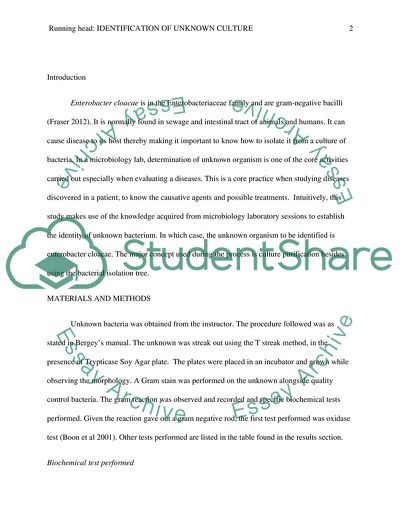Not Found (#404) - StudentShare. https://studentshare.org/medical-science/1851280-identification-of-unkown-culture-enterobacter-cloacae
Not Found (#404) - StudentShare. https://studentshare.org/medical-science/1851280-identification-of-unkown-culture-enterobacter-cloacae.


